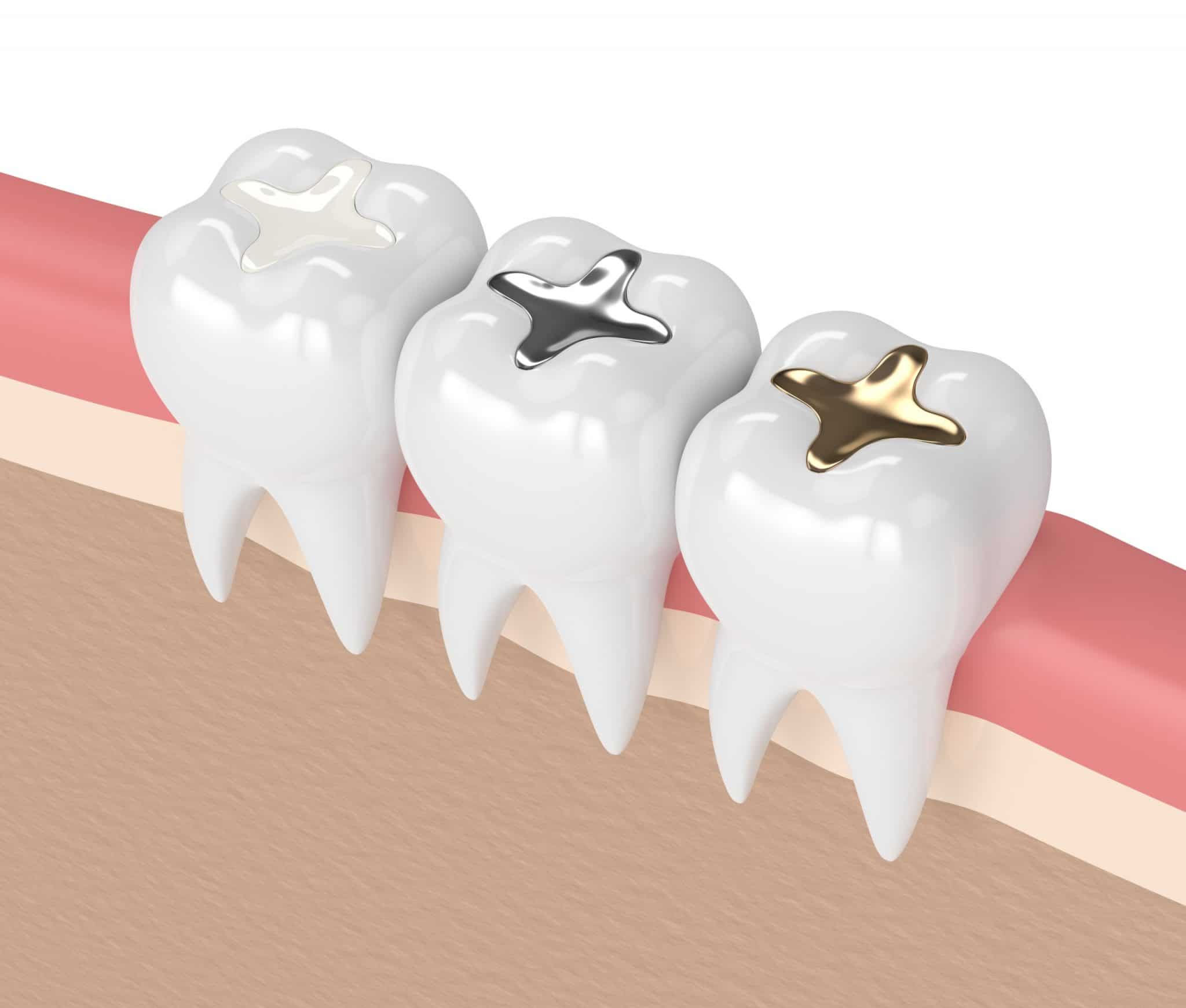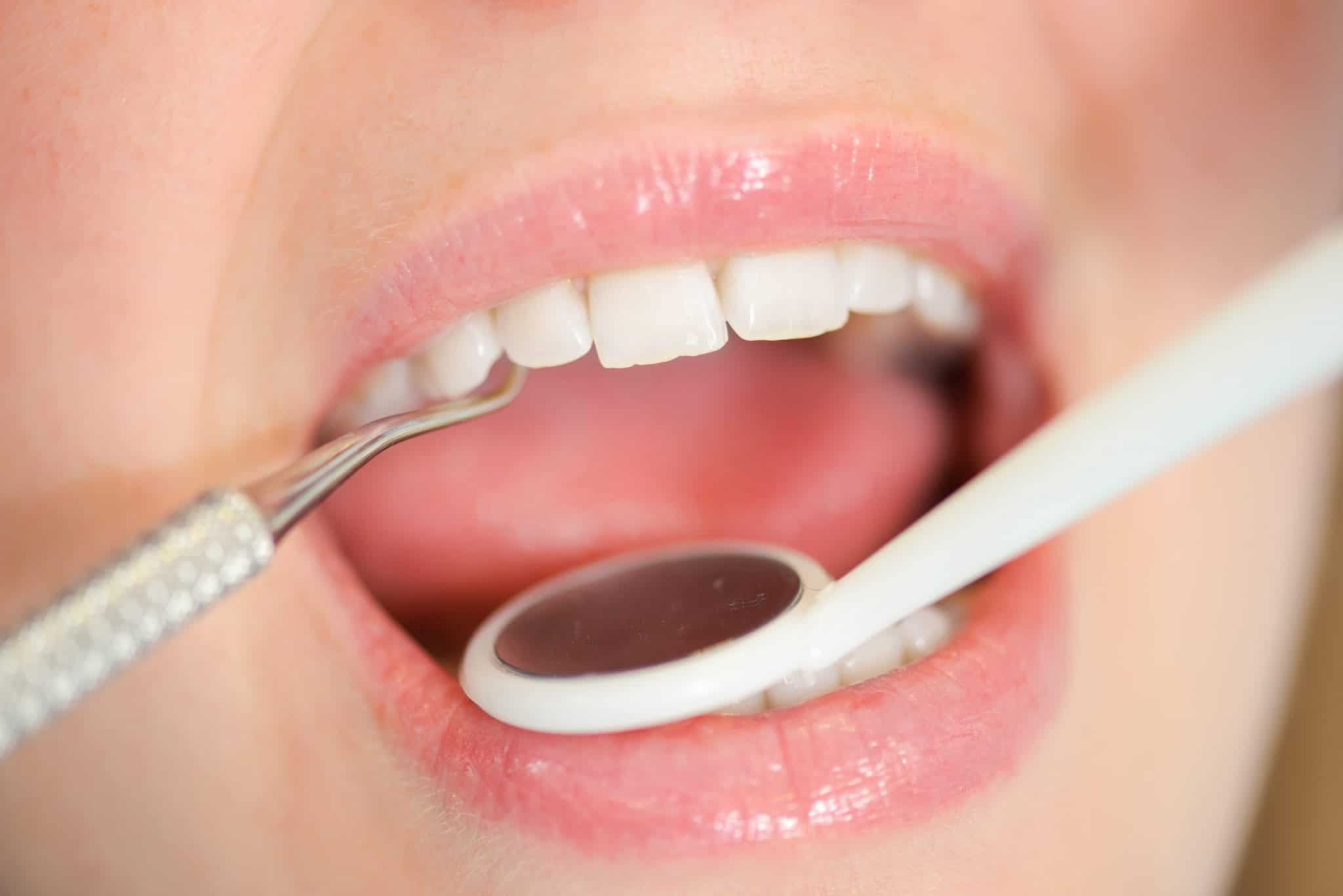What Are Dental Fillings?
A dental filling is a process where your dentist removes the cavity or decayed portion from your tooth and then fills the area where the cavity once lived. It aims to repair broken or cracked teeth due to misuse. There are two types of dental fillings: composite fillings and amalgam fillings.
Composite fillings, commonly known as white fillings, are made of ceramic and plastic compounds. Specifically, these are a mix of glass particles and acrylic resin. When it is filled into your tooth, it looks more natural as the color of this filling is white hence the name. The dentist is also using composite fillings to shape the area damaged by decay. It lasts for 5 to 7 years which saves you a lot of money.
Meanwhile, amalgam fillings, commonly known as silver fillings, are made from mercury, tin, and copper, which gives them a silver color. Mercury takes up 40% of the filling. This type of filling is suitable for those who wanted to save money as this filling lasts for 10 to 15 years. However, these are slowly being phased out due to the harmful effects of mercury. There are other types of dental fillings, such as gold fillings, glass ionomer fillings, and porcelain fillings.
Gold fillings are dental fillings that are composed of gold, copper, and other metals. It is durable but more expensive than composite fillings. Glass ionomer fillings are a type of dental fillings that are the same as composite fillings but less strong. These fillings are more advised to be used on children, but they are more expensive than composite amalgams. Porcelain fillings are also the same as composite fillings because of their color. However, this is just expensive as it’s metal counterparts.




